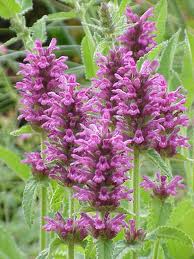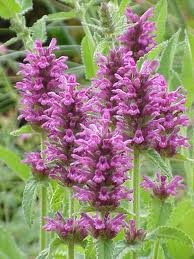Chinese Artichoke - Stachys affinis (4 tubers)
Chinese Artichoke - Stachys affinis (4 tubers)
Couldn't load pickup availability
Stachys affinis, or Chinese Artichoke or Crosne, is one of the easiest perennial vegetables to grow in a temperate garden. A member of the mint family: it will spread wantonly! In our garden, it manages to send rhizomes under rock edges, below raised beds, and through other dense plants. But since it is a delicious, nutritious plant, it’s easy enough to weed it and get a nice meal or two for your efforts. Crosnes also have an interesting history and are considered a delicacy in parts of Europe. We sell them in sets of 4 tubers. Available in early spring and fall. 🍂
Cultivation: Very easy to grow in full sun, in just about any type of soil. It should be kept moist and mulched, and is much easier to harvest in a light loam than in clay. The tubers are small but plentiful and easy to gather. A fully perennial plant, it only requires a bit of thinning (i.e. harvesting!) every year. It produces attractive purple flowers (but only if not too crowded, and blooming seems to reduce tuber yield), and can be used as a nice edible ornamental, in its own area (it does not mix well with other plants, because of its invasive tendencies).
Food preparation: Can be eaten raw, like carrots or sautéed, steamed, in soups and stews, etc. Many recipes available online and elsewhere. Look under its various names, especially Crosne, for a variety of French recipes. Also widely used in several Asian cuisines.
Ethnobotany: Widely used across Asia where it is often pickled, the plant was imported into Europe where it took on one of its now common names: Crosne (after the namesake French village where it was cultivated). Despite its ease of cultivation, it often commands a high price in specialty markets in Europe and North America where it sporadically appears as a delicacy. It is time-consuming to harvest and does not keep very long afterwards, which will likely contribute to its relative rarity.




